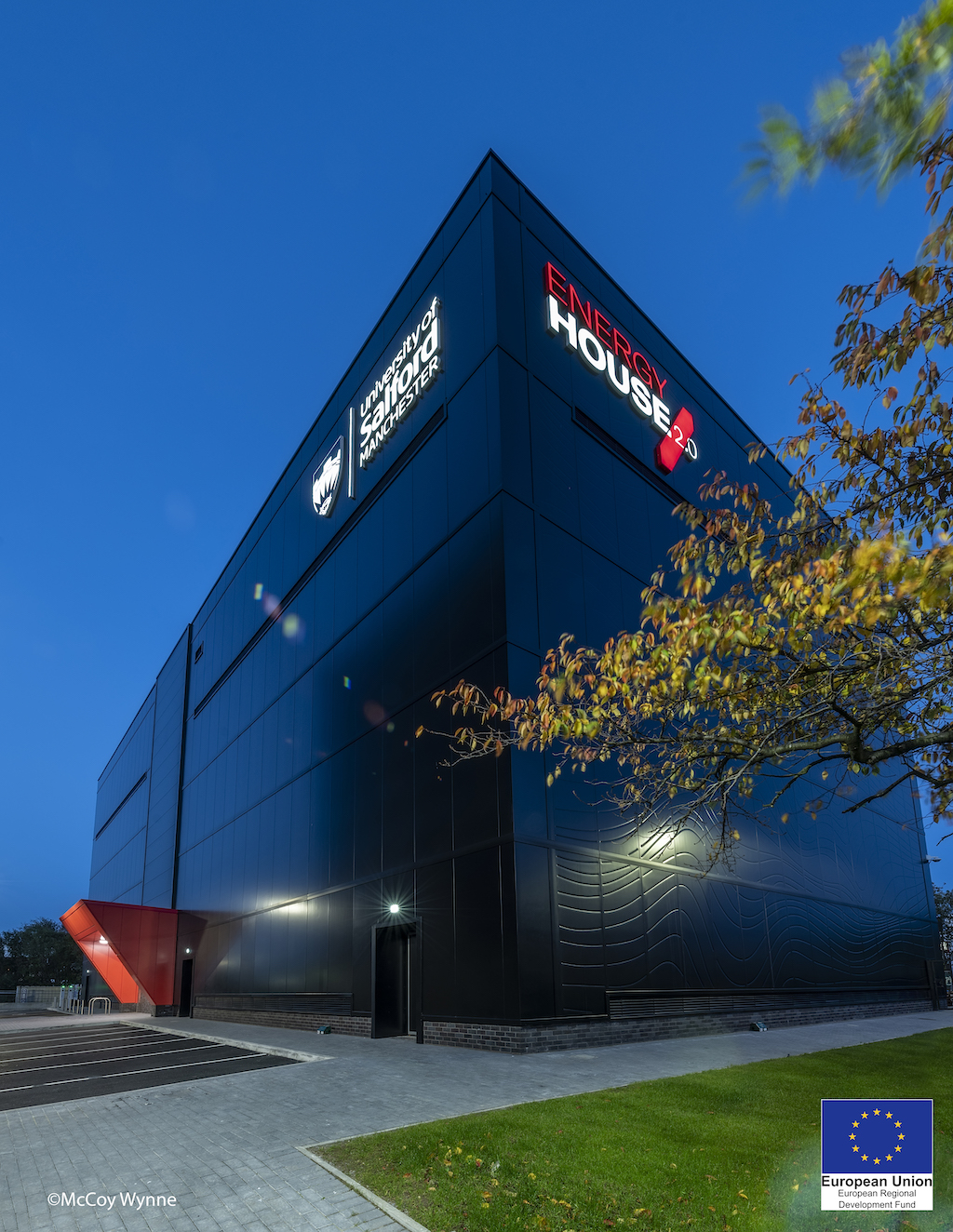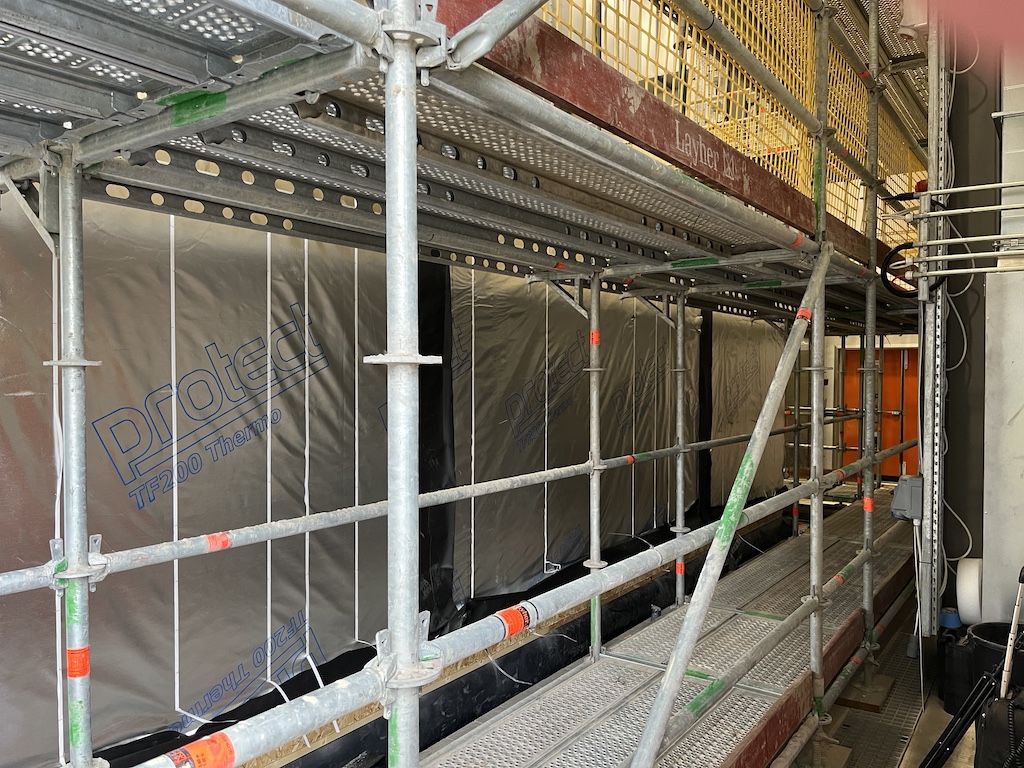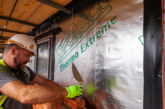
Glidevale Protect is putting its specialist range of energy efficient building solutions to the test by providing a range of products for use at the new Energy House 2.0 development and embarking on a collaborative research partnership with the University of Salford and national housebuilder Bellway Homes
Energy House 2.0 is a unique £16 million research facility, part-funded by the European Regional Development Fund (ERDF), enabling SMEs to innovate and develop low carbon technologies for the built environment. Energy House 2.0 is a collaborative project between partners including the University of Salford, Bellway Homes, Barratt Developments and Saint-Gobain. Together, partners will drive innovation and solutions to address global and domestic energy efficiency challenges.
Glidevale Protect is working alongside Bellway Homes by supplying its specialist construction membranes for use on The Future Home@The University of Salford, one of the two detached timber frame houses that are currently being constructed within the Energy House 2.0 energy performance test facility, with the structure having been manufactured offsite.
Glidevale Protect’s reflective, low emissivity Protect TF200 Thermo breather membrane and Protect BarriAir air and vapour control layer have been used on the innovative eco home. To provide high levels of thermal efficiency, the Protect TF200 Thermo breather membrane has been installed to the external walls, while the Protect BarriAir membrane has been fitted to the internal walls with the company’s universal reinforced sealing tape to eliminate air leakage and energy loss. Also installed is the Protect FCM 750 floor cassette membrane to maintain the integrity of the airtightness system at the floor junction and to provide condensation control at the edges of the floor cassette.

Once complete, The Future Home@The University of Salford will be subjected to various weather conditions within the Energy House 2.0 environmental chambers, which utilise state-of-the-art technology to test how well the specified building products and systems perform even under the harshest of environments. The research from the Energy House 2.0 project will provide a greater understanding of how energy efficient and low carbon building techniques can reduce the environmental impact of housebuilding and the wider construction industry.
Commenting, Jamie Bursnell, group technical and innovation manager at Bellway Homes said: “Collaboration with product manufacturers and suppliers is a key part of The Future Home@The University of Salford and the lessons learnt from this experience will help shape the future of housebuilding for years to come. There is also real need to improve the efficiency of the building fabric in new homes and the work we have done with Glidevale Protect has highlighted their products which will be under test to help contribute to better performance.”
Glidevale Protect’s involvement in the unique Energy House 2.0 project continues the manufacturer’s positive relationship with The University of Salford, which is an established leading innovator of low carbon technologies thanks to its work as part of its Energy House Laboratories programme.
Having previously provided reflective membrane products for use at Zed House, a collaborative project between The University of Salford and Barratt Developments plc, which was built to exceed the planned Future Homes Standard, Glidevale Protect has recently become an official research partner to facilitate a greater understanding of the benefits and energy performance of specialist construction membranes in housebuilding. The research programme, which is at the development stage, will see Glidevale Protect work closely with the teams at The University of Salford and Bellway Homes. With the Glidevale Protect head office based in Sale, Greater Manchester near to The University of Salford, this will allow the teams to work closely on site at Energy House 2.0 as the research project is commissioned.








